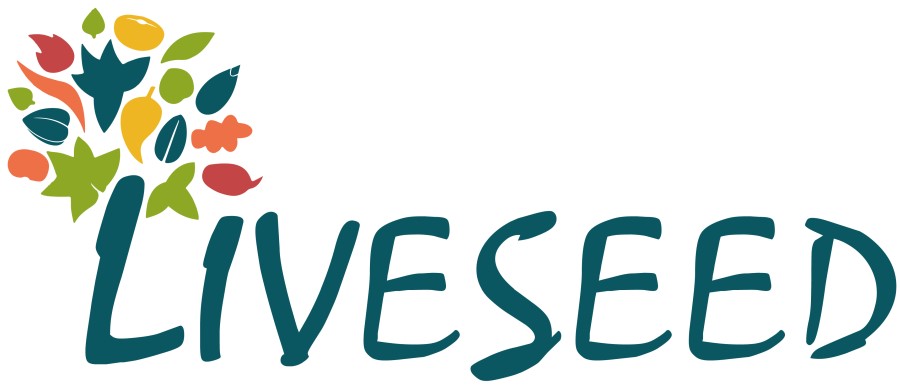|
SEED TREATMENTS Seed treatments Seed treatments approved and authorized in AB are: Cerall® (bacterium-based), Copseed® (copper-based), white vinegar and mustard seed powder. As the vinegar evaporates, the seeds are considered untreated 6 months after treatment, which allows the use of the grain to be redirected to consumption, if necessary. When treating with vinegar, a mild acidity inhibits the germination of the bunt spores. There is a dose effect, meaning that efficacy increases with the concentration of acetic acid. At the same time, too high a dosage can lead to a decrease in the germination rate. A dose of 0,8 litre of white vinegar (at 8% acetic acid) per 100kg of seed, after dilution in 0,8 litre of cold water, generally provides satisfactory efficacy without phytotoxicity. To summarize: For 100 kg of seeds: 0,8l of white vinegar (8%) + 0,8l of cold water If your vinegar contains more (or less) than 8% of acetic acid, adjust the dilution to reach about 4% acetic acid in the treatment. Be aware that wheat seeds become too wet if you go beyond 1,7l of liquid for 100kg of seed, according to practical experience. The mustard powder treatment may be applied as follows : For 100 kg of seeds : 1,5 kg of mustard seed powder + 4,5 l of water Mechanical treatments Mechanical treatments such as brush cleaning can significantly reduce the number of spores on seeds (up to 99.8% according to Borgen, 2005), but specific installations are required. Brushes as usually available in wheat milling facilities may be suitable. When it comes to cleaning seed, care must be taken not to damage the grain with too aggressive brushing. Brushes should be cleaned between each batch to avoid any risk of cross-contamination from one batch to another. Thermal treatments (by heat) effective against bunt exist and are widely used in Scandinavian countries. Here too, specific installations are required. A precise protocol must be used in order not to alter the germination quality and moisture content of the seed. Some seed producer organizations currently use this type of seed treatment in France. Bunt Treatment Methods - Video by LIVESEED Demonstration
of on-farm brush cleaning and vinegar treatment by Anders Borgen (Agrologica)
at the European Cereal Diversity Festival in Kalo, Denmark, on June 27th 2019. LIVESEED is a EU Horizon 2020-funded project that runs from 2017 to
2021. LIVESEEED aims to improve transparency and competitiveness of the
organic seed and breeding sector, encouraging greater use of organic
seed. Cultivars adapted to organic systems are key for realising the
full potential of organic agriculture in Europe.
www.liveseed.eu @LIVESEEDeu |

